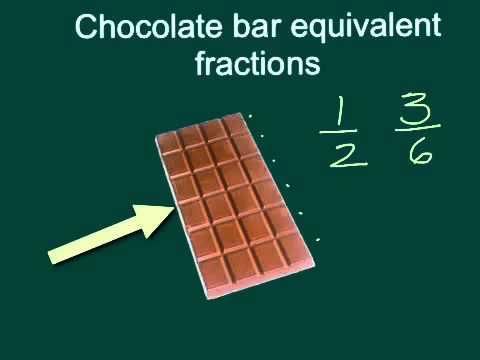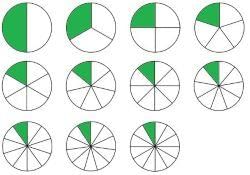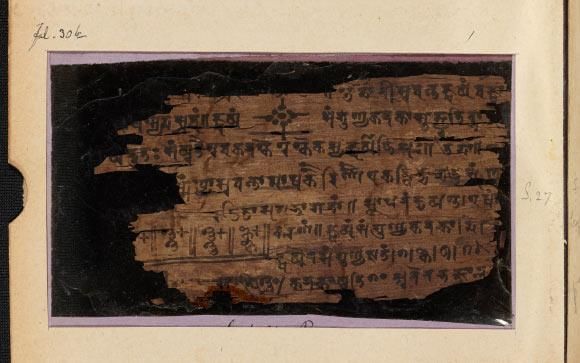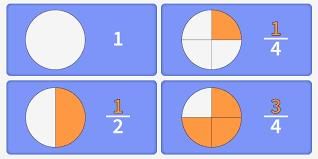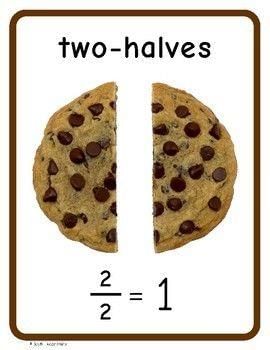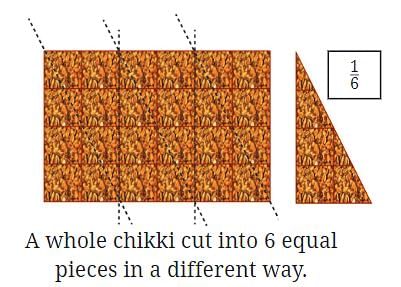|
When a chocolate bar is divided into 5 equal pieces, each piece represents ___ of the whole bar. |
Card: 1 / 30 |
|
Riddle: I can be bigger or smaller, but I always represent parts of a whole. What am I? |
Card: 7 / 30 |
|
Multiple Choice: Which of the following texts is known for the early reference to fractions in India? A) Mahabharata B) Rig Veda C) Upanishads D) Ramayana |
Card: 13 / 30 |
|
A fractional unit represents ___ of a whole object that has been divided into equal pieces. |
Card: 15 / 30 |
 Unlock all Flashcards with EduRev Infinity Plan Starting from @ ₹99 only
|
|
If a chikki is divided into 2 equal parts, each part is ___ of the whole chikki. |
Card: 17 / 30 |
|
True or False: If a chikki is cut into different shapes, the size of each piece can still be the same. |
Card: 19 / 30 |
|
Riddle: I can be divided into equal parts, and each part is a fraction of my whole. What am I? |
Card: 23 / 30 |
|
When dividing a chikki into equal pieces, the shape of the pieces can differ, but they must be ___ in size. |
Card: 25 / 30 |
|
If a chikki is divided into 6 squares, each square is still ___ of the original chikki. |
Card: 29 / 30 |





